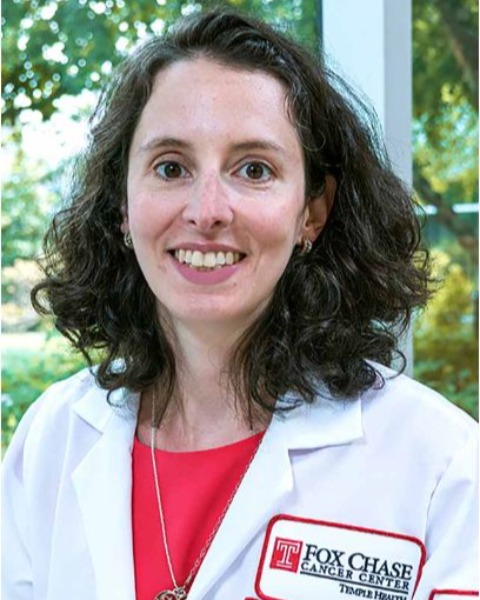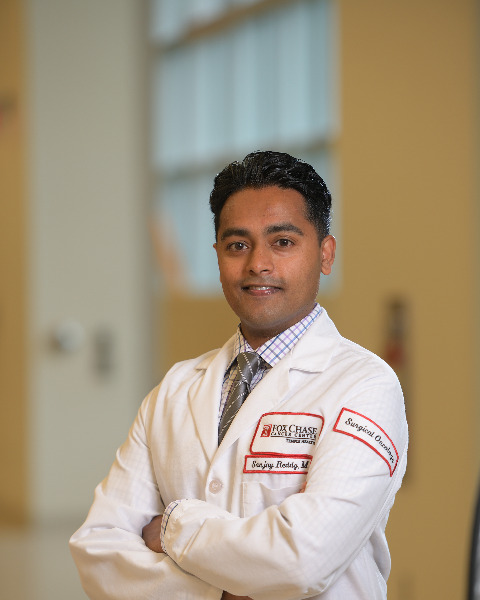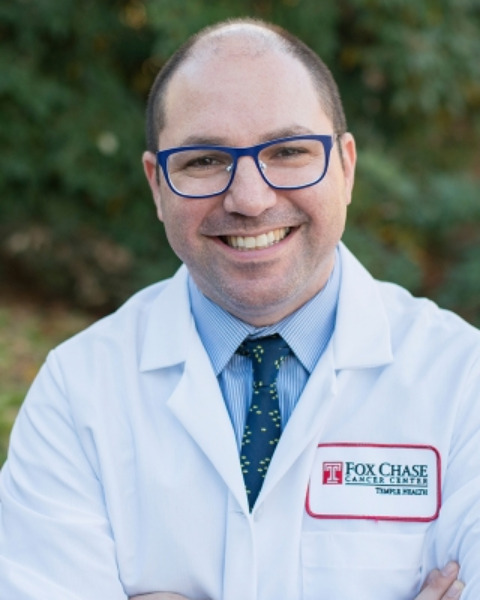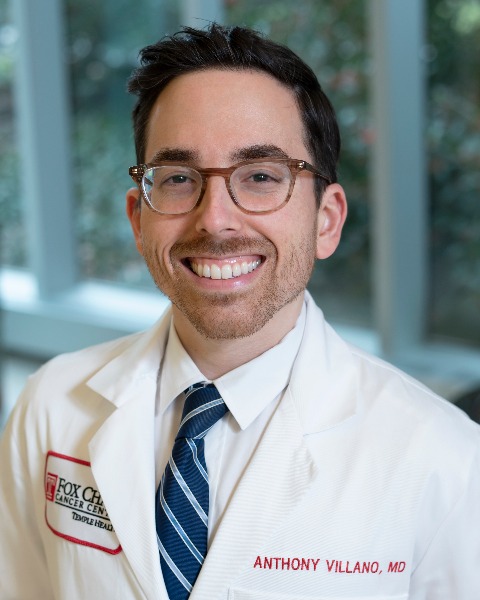Disparities in Surgical Oncologic Care
E118: Beyond Guidelines: The Importance of Optimal Care in Resectable Gastric Cancer
- RA
Rita Akumuo, MD
Resident
Temple University Hospital
Philadelphia, Pennsylvania, United States - RA
Rita Akumuo, MD
Resident
Temple University Hospital
Philadelphia, Pennsylvania, United States - RA
Rita Akumuo, MD
Resident
Temple University Hospital
Philadelphia, Pennsylvania, United States - JH
Jill Hasler, PhD
Assistant Research Professor
Fox Chase Cancer Center, United States 
Stephanie H. Greco, MD
Assistant Professor
Fox Chase Cancer Center, Pennsylvania, United States
Sanjay S. Reddy, MD
Associate Professor
Fox Chase Cancer Center
Philadelphia, PA, United States- AP
Andrea S. Porpiglia, MD, Mac
Surgical Oncologist
Department of Surgical Oncology, Fox Chase Cancer Center, United States 
Jeffrey M. Farma, MD
Professor
Fox Chase Cancer Center
Philadelphia, Pennsylvania, United States
Anthony M. Villano, MD (he/him/his)
Assistant Professor
Fox Chase Cancer Center
Philadelphia, Pennsylvania, United States
ePoster Abstract Author(s)
Submitter(s)
Author(s)
Methods: The National Cancer Database (2004-2019) was queried for adult patients with clinical T1/T2 node-positive or ≧T3 (N any) GC undergoing curative intent treatment. Patients with metastasis or missing data (pathologic stage, margin status, lymph node yield) were excluded. OC was defined as (1) receipt of perioperative therapy of any kind, (2) adequate lymphadenectomy (≧ 15 lymph nodes), and (3) achievement of an R0 resection. Demographic and outcomes-based factors were compared. Time trend analysis of receipt of OC and the individual defining criterion was performed. Multivariate regression identified predictors of OC. Log-rank testing assessed overall survival (OS).
Results:
The overall cohort (N=11336) had a mean age of 65.5 years, were majority comorbidity score 0 (69.0%), and analytic stage III (55.4%). Receipt of OC was observed in 42.7% of the cohort. OC was most frequently received by patients with analytic stage III disease (46.9% vs. 32.8% stage I), minority populations (46.2% vs. 41.7% white), patients from high median income areas (44.5% vs. 39.7% < $38K), Medicaid (50.4% vs. 49.7% private, 35.9% Medicare, 46.1% uninsured), and at academic centers (49.6% vs. 35.3% community, 35.2% comprehensive community, 38.6% integrated network). Time trend analysis demonstrated increasing rates of OC over time (16.5% in 2004 to 45.2% in 2019) (Figure). Over the study period, R0 margin remained stable (91.2% to 93.0%) whereas adequate lymphadenectomy (38.1% to 67.7%) and receipt of perioperative therapy (53.1% to 72.0%) significantly improved. Median OS in months was better in OC compared to non-OC (40.5 vs 27.9, p< 0.001). Variables independently associated with OC included higher median income (log OR 0.20, 95% CI 0.02-0.38), higher clinical T (log OR 0.21, 95% CI 0.00-0.42) and N (log OR 0.4, 95%CI 0.20-0.59) stage, and academic centers (log OR 0.33, 95% CI 0.17-0.50; community log OR -0.04, 95% CI -0.27-0.19; comprehensive community log OR -0.13, 95% CI -0.29-0.04; ref Integrated network).
Conclusions:
Delivery of OC has improved greatly over time and may confer better survival, highlighting the importance of both multimodal therapy and surgical technique in GC treatment. However, disparities exist which inform efforts to homogenize OC nationally.
Learning Objectives:
- Upon completion, participant will be able to understand how current practice patterns in gastric cancer deviate from current recommendations
- Upon completion, participant will be able to understand how those deviations impact outcomes.
- Upon completion, participant will be able to identify any factors that may impact optimal gastric cancer care receipt or failure thereof.
